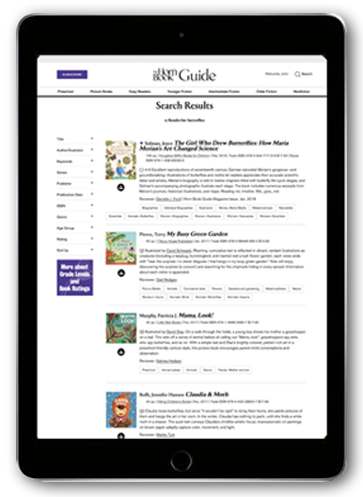2018 School Spending Survey Report

 Rocco, John
Rocco, John
How We Got to the Moon: The People, Technology, and Daring Feats of Science Behind Humanity's Greatest Adventure
We are currently offering this content for free. Sign up now to activate your personal profile, where you can save articles for future viewing.



